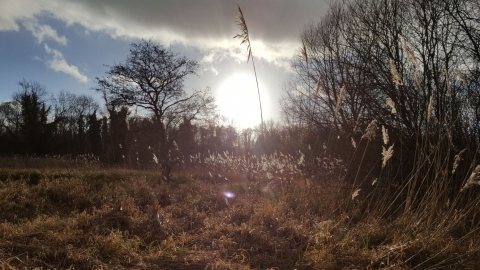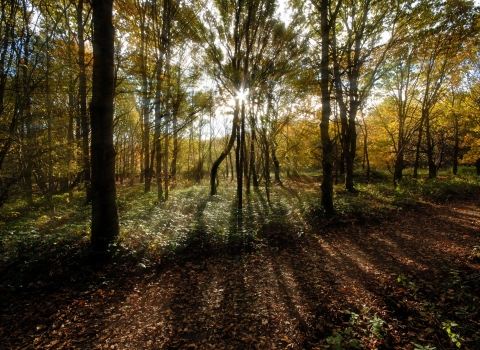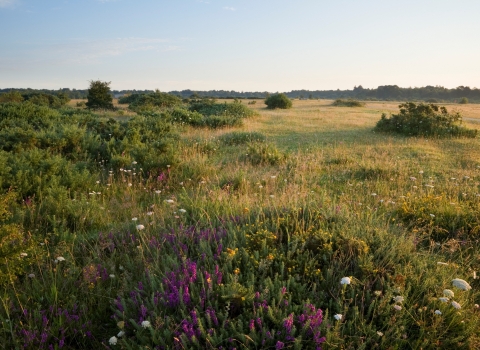
Sarah McAuliffe
Thatcham Reedbeds
Location
Know before you go
Dogs
When to visit
Opening times
The Nature Reserve is open at all times but the main car park is subject to seasonal locking times.Best time to visit
All year roundAbout the reserve
Ash dieback
A programme of ash dieback safety work is taking place at this site. Diseased ash trees can become very unstable and BBOWT is employing specialist contractors to fell or reduce diseased trees where they pose a risk to public safety. The work is being planned and timed to minimise the impact on wildlife. Healthy trees will be retained, and trees and shrubs will be allowed to naturally regenerate in the felled areas. To minimise the number of trees we need to remove and to ensure the safety of visitors, some paths or areas of the reserve will be closed.
To find out more, read our ash dieback FAQs.
Living Landscape
This reedbed forms part of the West Berkshire Living Landscape which covers more than 27 square kilometres of lowland heathland, ancient woodland, reedbeds, rivers and streams.
Desmoulin's snail
An emblematic species for the site is the tiny and nationally rare Desmoulin's whorl snail which is thriving at the reserve. These minute snails are no bigger than 2 mm.
Reedbed wildlife
This is one of the largest areas of inland reedbed in southern England and home to some rare reedbed specialists such as the scarce burnished brass moth. They are also important for a number of breeding birds including Cetti's warbler, sedge and reed warblers. In among the reeds you can also look out for water rail and reed bunting. Over 14 species of dragonfly and damselfly have been seen in the reedbeds and at least six are thought to breed here. Look for migrant hawkers, emperor and four-spotted chaser dragonflies, as well as common blue, azure and red-eyed damselflies.
The open water
Areas of open water on the reserve and on Thatcham Lake support good populations of wildfowl. Purpose-built tern rafts attract breeding common terns in the spring, and sand martins sometimes breed in the nesting bank on the island. Moorhen, coot, mallard and great crested grebe can be seen nesting on the lake margins or on the fishing lakes nearby. In winter flocks of tufted duck and pochard gather here along with shovelers.
Attracting breeding bittern
Over the next few years, we aim to make the reserve more suitable for bittern to breed here rather than just visit. The improvements to the site will benefit many other species, such as breeding dragonflies and damselflies.
Things to do
Explore part of the West Berkshire Living Landscape on Wild Walk One. This 6-mile circular walk passes through Thatcham Reedbeds. Ordnance Survey Explorer Map 158 1:25,000 scale, covers the area of this walk. Try our other Wild Walks. Visit the Nature Discovery Centre.
Thatcham Reedbeds are managed by the Berks, Bucks and Oxon Wildlife Trust on behalf of West Berkshire Council.
Species
- Blue tit
- Great tit
- Lesser redpoll
- Shoveler
- Tufted duck
- Pochard
- Black-headed gull
- Bittern
- Cetti's warbler
- Willow warbler
- Sand martin
- Common tern
- Swift
- Swallow
- Reed warbler
- Grey heron
- Kingfisher
- Cormorant
- Common dog-violet
- Hemp-agrimony
- Common reed
- Brooklime
- Purple-loosestrife
- Holly blue
- Peacock
- Common blue
- Speckled wood
- Banded demoiselle
- Emperor dragonfly
- Four-spotted chaser
- Bloody-nosed beetle
- Rhinoceros beetle
- Red fox
- Daubenton's bat


